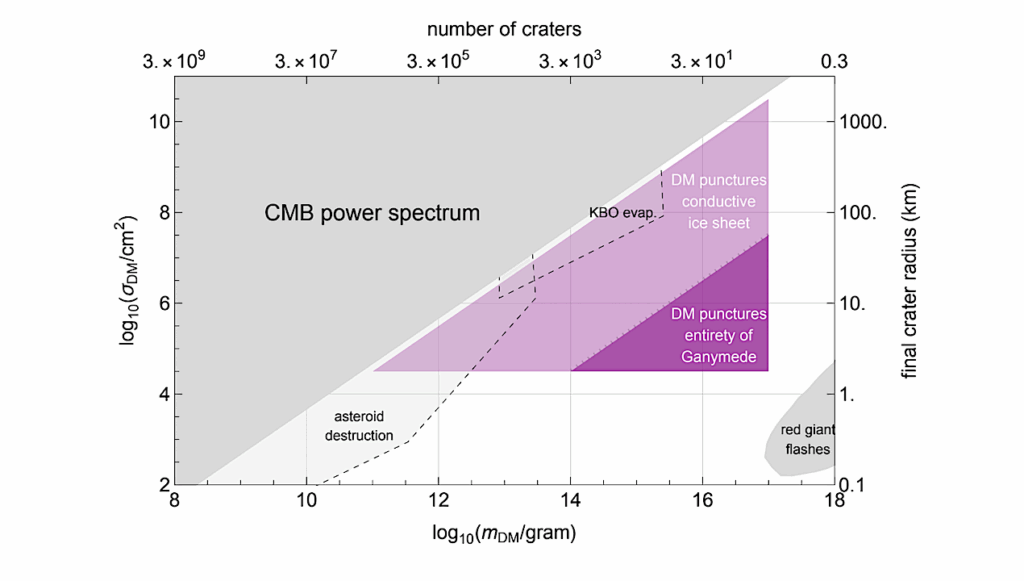The Compact Multi-planet System GJ 9827 Revisited With ESPRESSO

GJ 9827 is a bright, nearby K7V star orbited by two super-Earths and one mini-Neptune on close-in orbits. The system was first discovered using K2 data and then further characterized by other spectroscopic and photometric instruments.
Previous literature studies provide several mass measurements for the three planets, however, with large variations and uncertainties. To better constrain the planetary masses, we added high-precision radial velocity measurements from ESPRESSO to published datasets from HARPS, HARPS-N, and HIRES and we performed a Gaussian process analysis combining radial velocity and photometric datasets from K2 and TESS.
This method allowed us to model the stellar activity signal and derive precise planetary parameters. We determined planetary masses of Mb=4.28+0.35−0.33 M⊕, Mc=1.86+0.37−0.39 M⊕, and Md=3.02+0.58−0.57 M⊕, and orbital periods of 1.208974±0.000001 days for planet b, 3.648103+0.000013−0.000010 days for planet c, and 6.201812±0.000009 days for planet d. We compared our results to literature values and found that our derived uncertainties for the planetary mass, period, and radial velocity amplitude are smaller than the previously determined uncertainties.
We modeled the interior composition of the three planets using the machine-learning-based tool ExoMDN and conclude that GJ 9827 b and c have an Earth-like composition, whereas GJ 9827 d has an hydrogen envelope, which, together with its density, places it in the mini-Neptune regime.

Left: ESPRESSO, HARPS, HARPS-N, and HIRES spectroscopic data used in this study. We present plots for RV, FWHM, CaII S-index, and Hα. Right: Corresponding GLS periodograms. The orange dashed lines mark the periods of the three planets. The purple area indicates the approximate rotation period of the star. The gray line presents the highest period peak found by GLS for each panel. — astro-ph.EP
V. M. Passegger, A. Suárez Mascareño, R. Allart, J. I. González Hernández, C. Lovis, B. Lavie, A. M. Silva, H. M. Müller, H. M. Tabernero, S. Cristiani, F. Pepe, R. Rebolo, N. C. Santos, V. Adibekyan, Y. Alibert, C. Allende Prieto, S. C. C. Barros, F. Bouchy, A. Castro-González, V. D’Odorico, X. Dumusque, P. Di Marcantonio, D. Ehrenreich, P. Figueira, R. Génova Santos, G. Lo Curto, C. J. A. P. Martins, A. Mehner, G. Micela, P. Molaro, N. Nari, N. J. Nunes, E. Pallé, E. Poretti, J. Rodrigues, S. G. Sousa, A. Sozzetti, S. Udry, M. R. Zapatero Osorio
Comments: accepted in A&A
Subjects: Earth and Planetary Astrophysics (astro-ph.EP); Solar and Stellar Astrophysics (astro-ph.SR)
Cite as: arXiv:2401.06276 [astro-ph.EP] (or arXiv:2401.06276v1 [astro-ph.EP] for this version)
Submission history
From: Vera Maria Passegger
[v1] Thu, 11 Jan 2024 22:13:24 UTC (5,938 KB)
https://arxiv.org/abs/2401.06276
Astrobiology,








